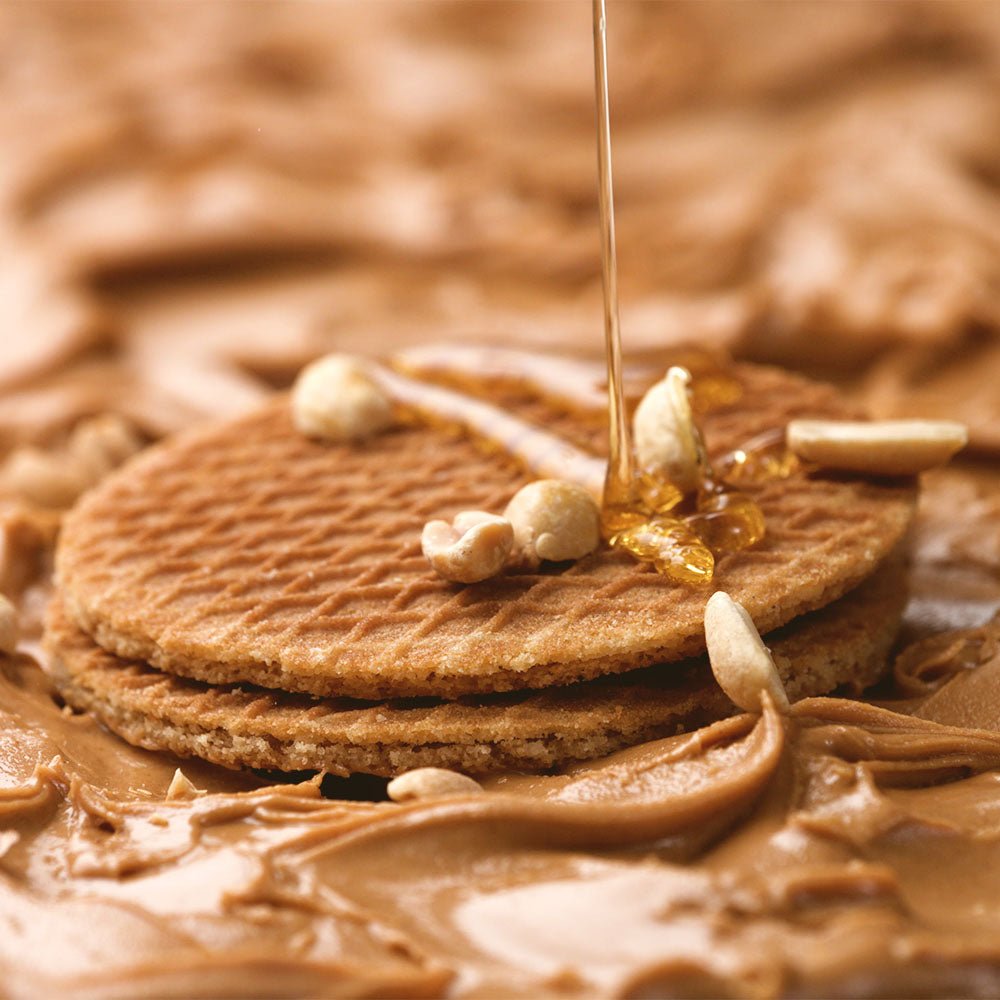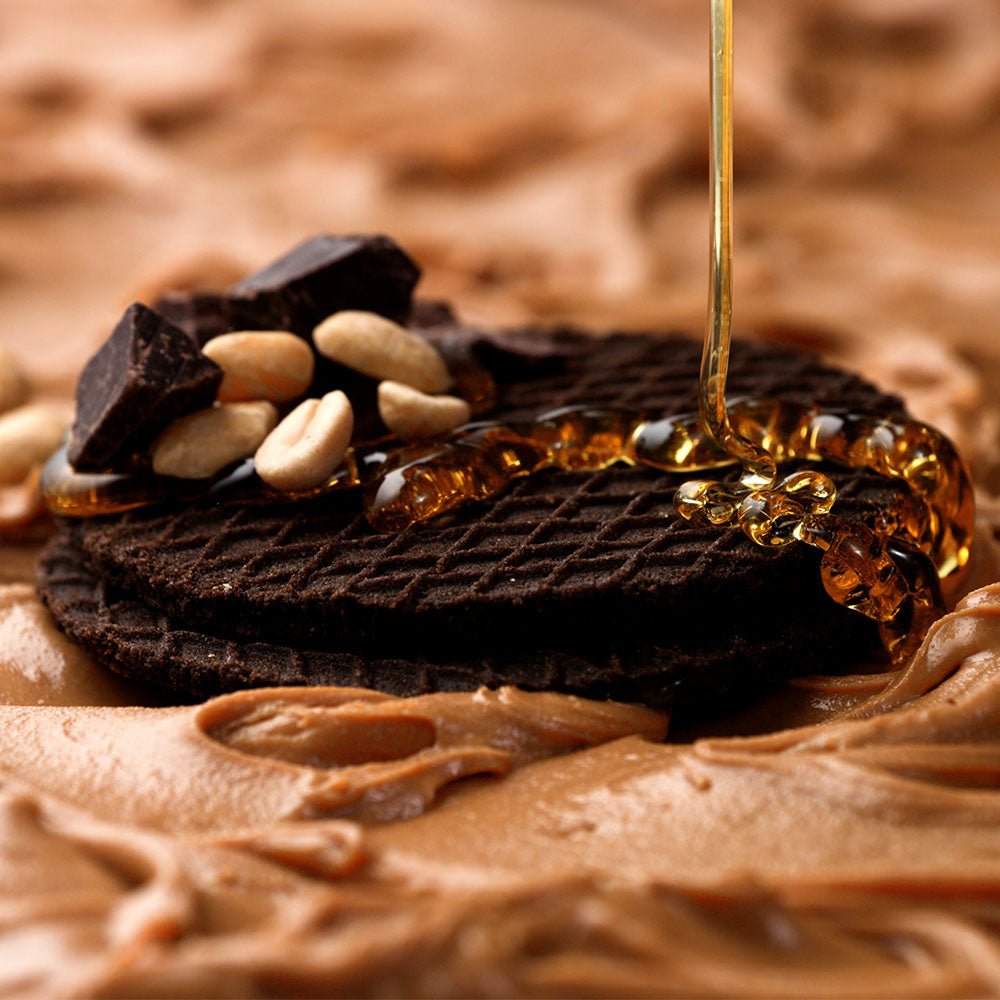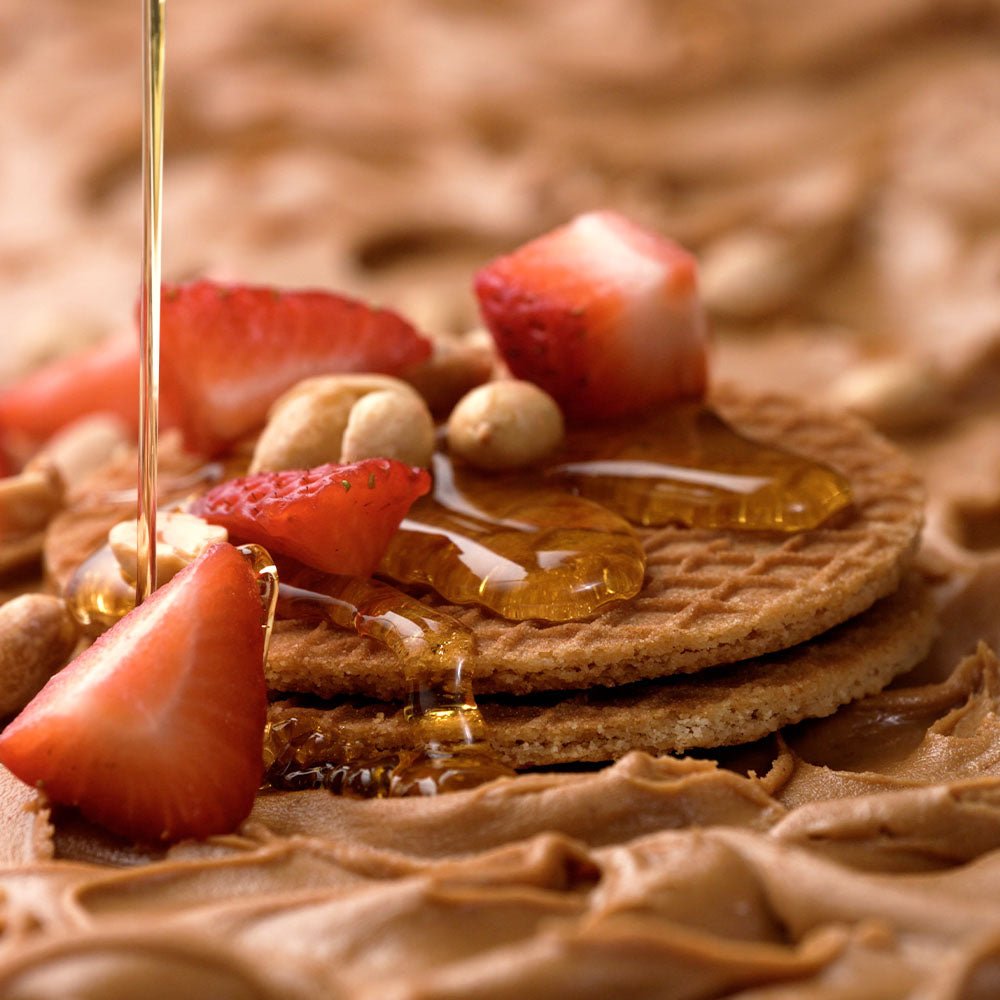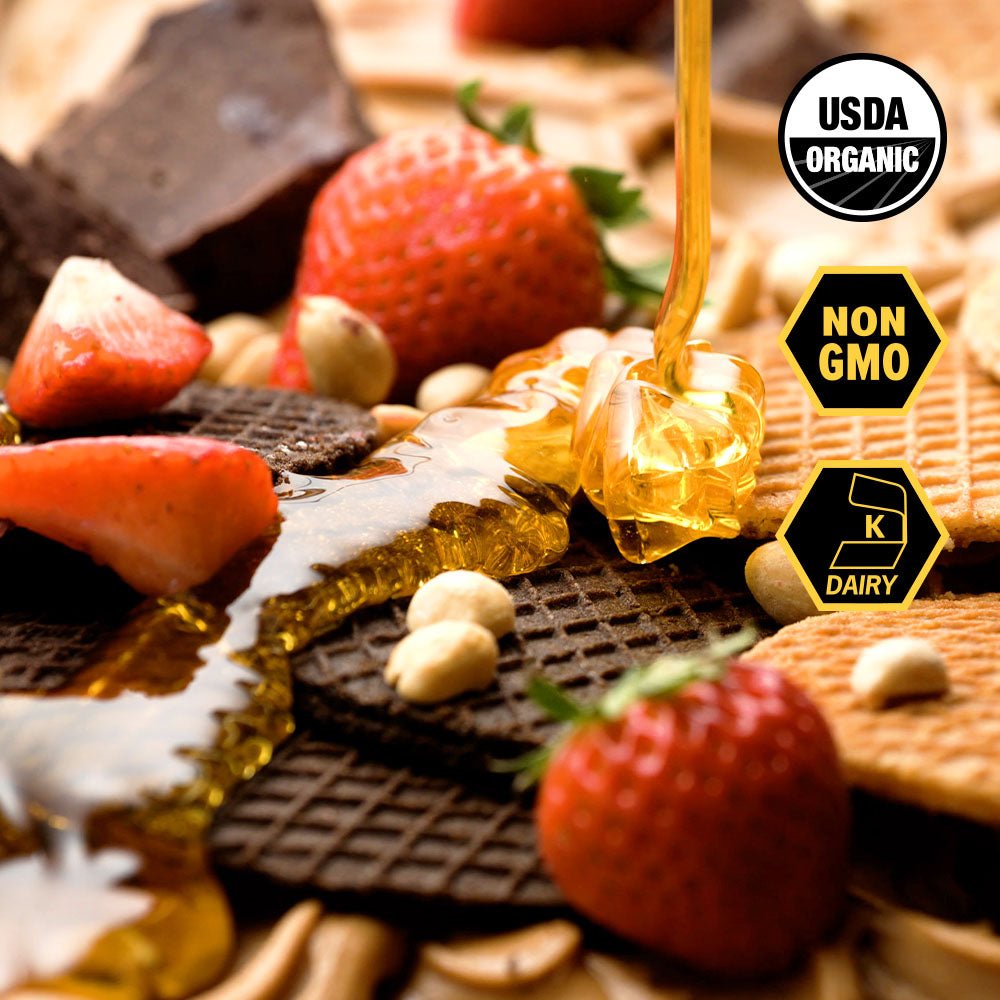The Best Marathon Foods Nutrition Guide
Crossing that marathon finish line is an incredible achievement, but it's not just about logging miles. What you eat and drink – before, during, and after your race – is just as crucial as your training. This comprehensive guide will equip you with the knowledge to fuel your marathon success, from understanding "the bonk" to choosing the best foods for sustained energy.
Why Marathon Fueling Matters: Don't Hit the Wall!
Imagine your body as a high-performance vehicle. Just like a car needs fuel, your muscles need energy, primarily in the form of glycogen. The Korey Stringer Institute highlights a critical point: your body's glycogen stores typically last about two hours. Beyond that, you risk "bonking" – a sudden, overwhelming feeling of fatigue where your body and mind simply shut down. As Kelly Hogan, M.S., R.D., who works with athletes and has run 11 marathons herself, explains, "We can use up all of those stores in about two hours. That’s when people start feeling like they’re going to bonk."
The "Why" in a Nutshell:
- Prevent the Bonk: Replenish glycogen stores to maintain energy levels and avoid that dreaded wall.
- Sustain Performance: Keep your muscles working efficiently throughout 26.2 miles, maintaining pace and power.
- Aid Recovery: Proper fueling during the race helps your body bounce back faster post-race, reducing soreness and fatigue.
- Avoid GI Issues: Strategic eating prevents stomach upset, cramping, and discomfort that can derail your race.
Tried and True. Don't Try Anything New on Race Day!
This is the golden rule of marathon nutrition, echoed by experts like Douglas Casa, Ph.D., professor of kinesiology at the University of Connecticut. "The biggest mistake I see—by far—is people doing something different in their race versus training," says Casa. Your training runs, especially your long runs, are the perfect opportunity to practice your fueling strategy. Experiment with different foods and drinks to see what your stomach tolerates and how your body reacts. Race day is not the time for surprises!
For most runners, it's important to start fueling well before your body is close to using up all your glycogen stores—typically 30 to 45 minutes into a long run. This proactive approach gives you a head start on maintaining your energy levels.
What to Eat While Running a Marathon: Fast Carbs Are Your Friend
When you're pushing your body for hours, easily digestible carbohydrates are paramount. These are your quick energy boosters, rapidly absorbed into your bloodstream to fuel working muscles. As Hogan notes, "It’s only sugar for a reason—we need it for running."
Top Choices for Mid-Run Fuel:
- Energy Gels: These offer concentrated carb delivery in a convenient, portable format. They're popular for a quick, efficient shot of sugar.
- Energy Gummy Chews/Sports Beans: Similar to gels but with a chewier texture, providing easily digestible sugars.
- Thin Waffles: Products like Honey Stinger honey waffles are a favorite for many, offering a delicious and effective carb source that's easy to chew and swallow on the move. (In my opinion the Honey Stinger honey waffle will get anyone out the door for a long run.)
- Dried Fruit: Raisins, dates, and other dried fruits provide natural sugars and are easy to carry.
- Kid-Sized Candy: Yes, you read that right! Mini chocolate bars or other simple candies can offer a quick carb hit.
- Sports Drinks: Beverages designed for athletes provide both carbohydrates and electrolytes, a two-in-one solution for energy and hydration.
Caffeine Considerations: Many energy gels and chews come with a caffeine option. While caffeine can provide a noticeable energy boost, it affects individuals differently. Hogan advises, "Starting out at the lower end of caffeine—that’s 20 to 30 mg—is a good idea to see how the body reacts, as opposed to going for a gel with 75 to 100 mg of caffeine right at the start." She also suggests alternating between non-caffeinated and caffeinated energy gummies to avoid lingering jitters or anxiety post-run.
 What to Avoid During Your Marathon Race
What to Avoid During Your Marathon Race
To prevent gastrointestinal distress and ensure optimal performance, steer clear of foods that are difficult to digest during a run:
- High Fat: Fat slows down digestion and can lead to stomach upset and discomfort. Save the bacon for your post-race recovery meal!
- High Protein: While essential for recovery, protein isn't a primary fuel source during a marathon and can be heavy on the stomach when running.
- High Fiber: Foods like leafy greens, cruciferous vegetables (broccoli, cabbage), and beans are fantastic for daily health but can cause bloating, gas, and discomfort during a race. Aim to limit these 12 hours before your long run or race.
General Rule: Your pre-race meal and during-race fueling should be around 75% carbohydrates.
When Should You Fuel During Your Marathon? And How Much?
Timing and quantity are crucial for optimal fueling.
- Start Early: Begin fueling 30 to 45 minutes into your run to get a head start on your glycogen storage. Don't wait until you feel depleted – by then, it's often too late.
- General Guideline: "The general idea is to start with consuming 30 to 60 grams of carbohydrates per hour," says Hogan. This amount can vary based on your body size, how fast you're running, and how quickly you're burning through calories. Some athletes can tolerate up to 90 grams per hour.
- Mix and Match: If consuming two gels seems too hard to stomach, go for a combo: a mixture of chews, sports beans, or a gel will also do the trick. Remember that sports drinks provide carbs too, so factor that into your hourly intake. Try a sampler of our best tasting energy gels to find your favorite.
- Consistent Intake: "Trickle feeding" – taking small, frequent sips or bites every 15-20 minutes – is often more effective and easier on your digestive system than larger, less frequent doses. You can set an alert on your running watch to remind you to top up every 30-50 minutes.
Hydration: More Than Just Water
Fluid intake is equally vital. Dehydration can lead to fatigue, cramping, dizziness, and decreased performance. Overhydration, though rarer, can lead to dangerous hyponatremia (low blood sodium).
Key Hydration Strategies:
-
Carry Your Own: Douglas Casa recommends carrying water with you—whether in a hydration pack, fuel belt, or handheld water bottle—so you can sip water throughout your run versus relying on aid stations, where people tend to gather to chug down fluids. This allows you to drink whenever you want and avoid the rush of people at the aid stations.
-
Know Your Sweat Rate: This is the most accurate way to determine your individual fluid needs. Your sweat rate varies depending on body size, activity intensity, and environmental conditions. To figure it out at home, simply urinate, weigh yourself naked in kilograms. Then, head out on an hour-long run without consuming any water or food. Once you return, weigh yourself again. The difference will show you how many liters you sweat per hour. (e.g., if you weighed 60 kg before and 59 kg after, you sweated 1 liter per hour – this is roughly how much you should aim to drink every 60 minutes.)
- Listen to Your Body: Drink to satisfy thirst, but avoid feeling "sloshy" or overly full in your stomach, which can be one of the first warning signs of hyponatremia. If you feel overly bloated and start to become dizzy or disoriented, it's critical you seek medical attention.
-
Electrolytes are Essential: Sweat contains vital minerals like sodium, which need to be replenished, especially during prolonged exercise. Electrolyte tablets, sports drinks, or even salty snacks like pretzels can help restore these. "Sodium is extremely helpful in a beverage," notes Casa. "It keeps the thirst mechanism on longer so you replace the fluids you need, conserve urine, and replenish the sodium you’re losing in sweat." A general guideline is 500-1000 mg of sodium per hour.
- Pre-Hydrate: Start hydrating adequately throughout the day leading up to your race. Aim for clear or pale yellow urine to ensure you're well-hydrated before you even hit the start line.
Practical Tips for Race Day and Beyond
- Practice Your Fueling and Hydration Strategy Until You Perfect It: This cannot be emphasized enough. Use your long training runs as dress rehearsals for your race day nutrition. Figure out what your stomach can handle, what you personally like to eat and drink, and how it makes you feel. You don’t want to introduce anything new to your body when you toe the line.
- Find Out What Will Be Provided on the Course and After You Finish: Check the race website or contact the race host to see what food and drink will be available at aid stations. Many races supply water, sports drinks, and gels, but it really depends on the event. See if there’s a course map that tells you what’s available and where, so you can plan what you need to carry versus what you can snag.
-
Figure Out How to Carry Your Fuel: Speaking of carrying fuel, it’s important to decide how you’re going to do that comfortably. Nowadays, there is running apparel with plenty of pocket options for small snacks, or you can choose to run with a hydration belt, handheld water bottle, or even a hydration pack. Most packs are designed so you don’t even feel like you’re carrying extra weight.
-
Embrace the Carbs (Usually in the Form of Sugar) to Keep Running Long and Hard: The most important takeaway is simply that your body needs calories while you’re running long, especially if you’re a new marathoner. Trying to run long with too few calories will likely make it tough (if not miserable) to finish the race without bonking. Plus, it will make it much harder to recover. As Hogan told me: “Carbohydrates are your friend, sugar is your friend.” Don’t be afraid to consume sugar on the course, drink moderate amounts of fluids throughout, and pay attention to how your body reacts to it.
What Should I Focus on Once I Cross the Finish Line?
Congratulations, you did it! Your nutrition strategy doesn't end at the finish line. You have a window of around 30-60 minutes post-race when your body is primed to replenish its carbohydrate stores and soak up muscle-repairing protein.
- Refuel with Carbs and Protein: Aim for a combination of carbohydrates to refill glycogen stores and protein to kickstart muscle repair. Chocolate milk offers a useful combo, or a smoothie with fruits and a protein source.
- Rehydrate Thoroughly: Continue drinking plenty of fluids, preferably with electrolytes, to replace what was lost through sweat.
By focusing on these practical and scientifically-backed nutrition strategies, you'll be well on your way to a strong, enjoyable marathon experience and a faster recovery. Listen to your body, train smart, and fuel smart!
Ready to optimize your marathon fuel? Explore Honey Stinger's full line of performance nutrition products designed for your next race.













